Under The Hood: Composer Leopold Ross dissects guitar-heavy Dispatches From Elsewhere score
“My whole ethos of guitar playing is making it sound not like a guitar.”
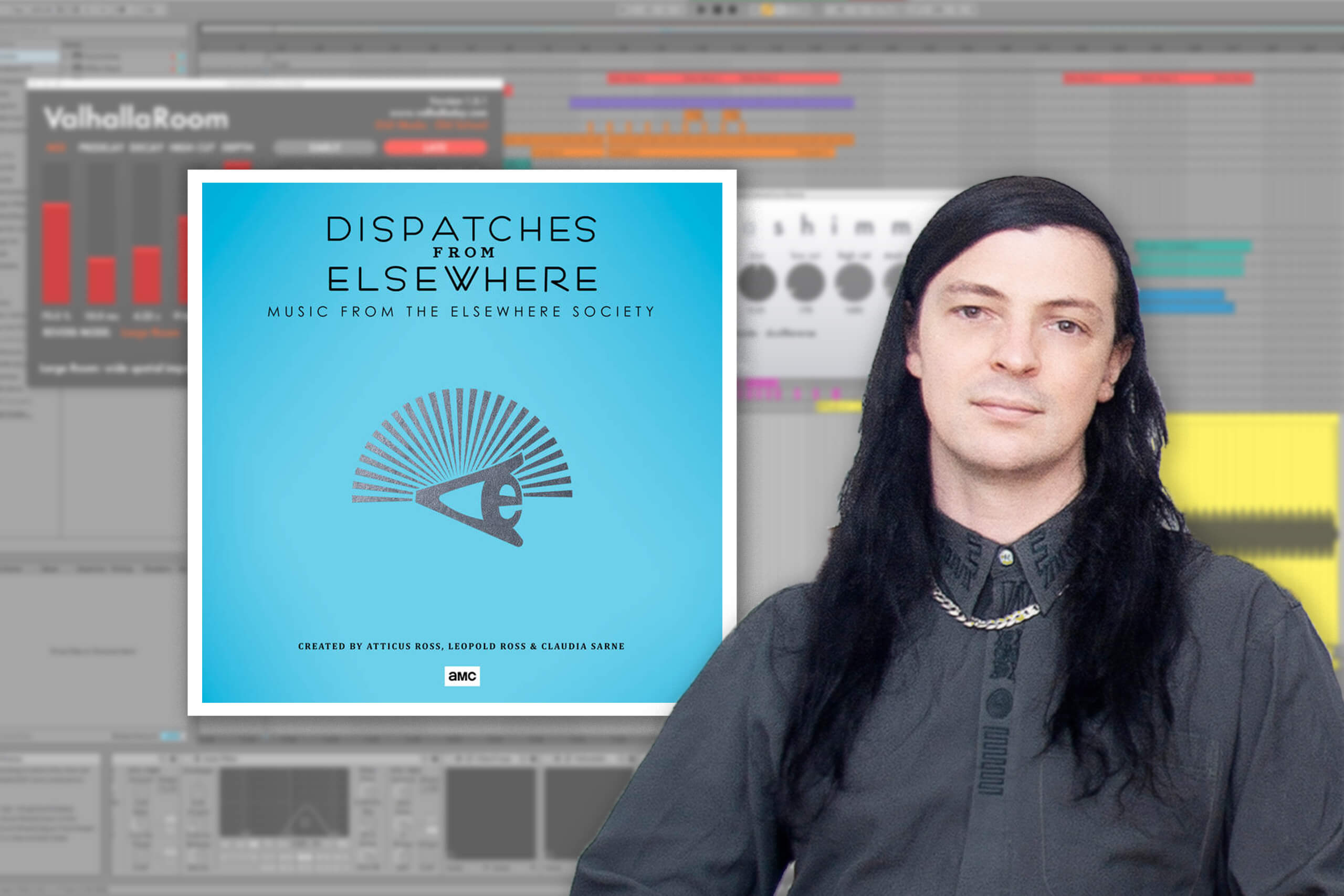
Under The Hood Leopold Ross
“Sixty to seventy per cent of this track came to be because I bought this new pedal,” says Leopold Ross, one-third of the compositional supergroup comprising Claudia Sarne and his brother, Oscar-winner Atticus Ross. With over 15 years of collaboration under their belts, the trio has crafted acclaimed scores for The Defiant Ones, Book of Eli, End of Watch and Black Mirror.
In this outing of Under The Hood, LA-based composer Leopold Ross breaks down a track from mystery drama show Dispatches From Elsewhere called Murals, outlining a modular approach to scoring that has more in common with recording a concept album than writing music for picture.
Learn why the evocative score spawned two vastly different albums and how a meandering 40-minute sound exploration with a new stompbox produced a massive guitar-driven cue.
Editor’s note: Because Murals is an eight-minute piece, we’ve embedded the track several times with different start points so that you can easily hear the relevant section.
Going Elsewhere
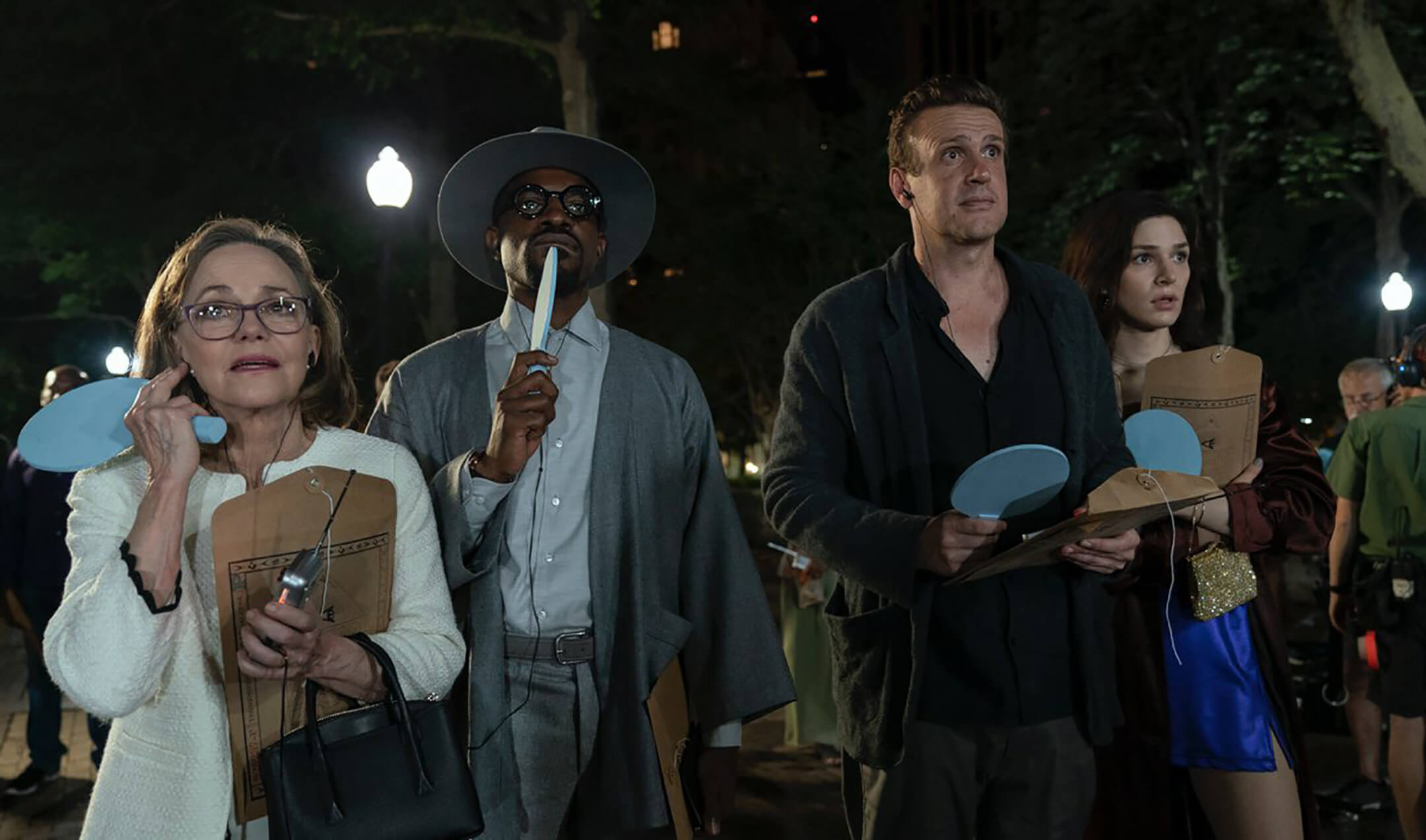 Created by and starring Jason Segel, Dispatches from Elsewhere is an AMC production following the exploits of four regular people who become embroiled in a mysterious puzzle game that takes them out of their ordinary lives and plunges them into an alternate reality.
Created by and starring Jason Segel, Dispatches from Elsewhere is an AMC production following the exploits of four regular people who become embroiled in a mysterious puzzle game that takes them out of their ordinary lives and plunges them into an alternate reality.
For the musical accompaniment, Segel turned to the familial trio of Atticus Ross, Leopold Ross and Claudia Sarne.
In the world of television scoring, it’s common for composers to be engaged once filming has wrapped and editing is underway. Consequently, fitting the music to the picture is the name of the game. Leopold and his collaborators had a completely different challenge – they’d seen no footage at all. All they had to go on was a conversation with Segel and the scripts.
Once the trio had collectively established a tone, though, they all went to write separately, building a “library of ideas”. These were fired off in batches to Segel, to get a thumbs up or down for further thematic development.
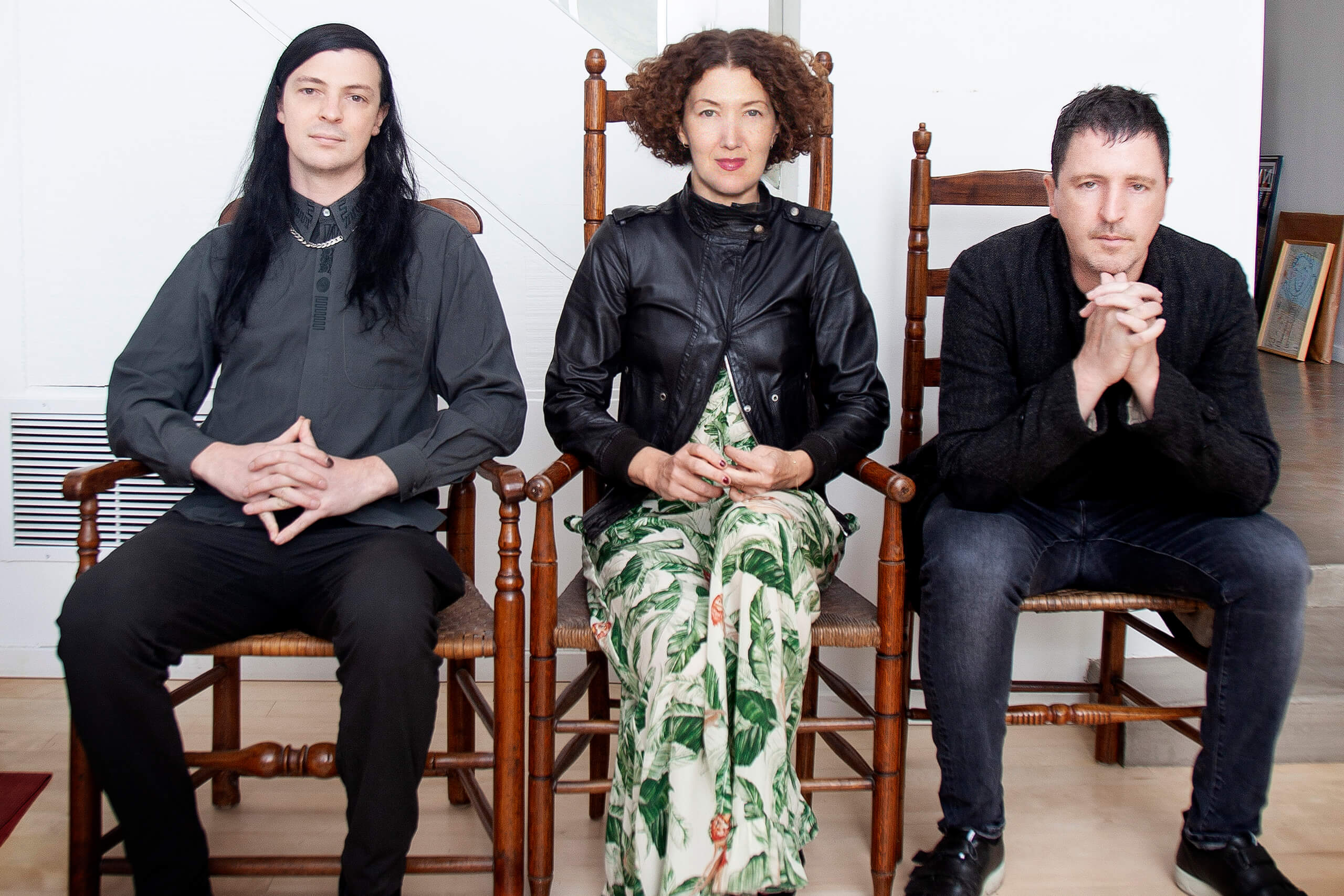
And, while this approach sounds like it would be more time-consuming than a regular scoring gig, there was an unexpected upside.
“This was the first project we’ve ever done, where we built up enough material that they never used a temp score,” explains Leopold. “Often when you’re working on a show, they’ve got editors using temp music to score their scenes as they’re cutting. As a composer, I always wished I could avoid that because someone will get attached to a bit of temp.”
This can be a point of creative friction, as the production team pushes for one musical direction, as the composers are going in their own. “This was a great situation in which we were able just to forego the temp process, and the only music that was ever in the show was ours,” he says.
The show brief
One of Jason Segel’s main references for the soundtrack was 1939’s The Wizard of Oz, but not in terms of instrumentation.
“Not literally The Wizard of Oz,” Leo clarifies, “But that moment when they went from black and white to technicolour in the original movie. He wanted to capture that feeling and sense of wonder as the characters in the show discovered this alternate reality that’s happening within the game.”
Another main theme that made its way into the score is the show’s two rival factions competing for the allegiance of the players: the hippyish, free-thinking Elsewhere Society and the cult-like Jejune Institute, headed by the scenery-chewing Richard E Grant. That meant there needed to be two distinct musical identities in the soundtrack.
While the sense of wonder was reserved for those scenes involving the Elsewhere Society, the sound palette for the Jejune Institute was quite different. “He wanted a stylish mystery feeling,” says Leopold, “so the way we interpreted it that was 70s-inspired.” Read synth horns, shakers, wah-wah guitars and spy thriller suspense, as in Fredwynn Knows (above).
Conversely, the show’s titular Elsewhere Society is about creating a sense of “oneness”, which Leopold and his fellow composers interpreted as having “everything warm with a lot of ambient guitar textures.”
These two musical styles were so opposing that when it came time to release the music from the show, there’s a record for each faction.
Modular composition and the Murals cue
While the track Elsewhere has a sense of wonder, discovery and magic, to fit Segel’s brief, the companion piece Murals had a different intent. “It was about the feeling of having spent some time in that world and discovering that it’s maybe not as utopian as you had initially thought,” Leopold tells us.
“When we’re going through that early process, we’ll write these long, six- or seven-minute pieces, like this one,” says Leopold. The idea is that there will be several key storytelling moments that need scoring, but that they can all be fitted into a super cue.
“We found that if we view the writing as modular – so I make sure there’s an ambient section, there’s a bit with a groove, and a breakdown – then when you stem the track out, you can potentially turn that into several cues in the show.”
“If you were to listen to this track and then watch the show and really go in with a fine-tooth comb, you’ll notice that this track pops up in a variety of different ways.”
The same holds true for the theme tune, Elsewhere (above) which was written as a 10-minute track. “It never fully plays out. A lot of them are written as long, impressionistic pieces, then we take bits and mould them into cues,” he says.
The cue comprises four sections. It opens with a “pensive” clean guitar line drenched in reverb, building to a “weird, fun section with big fuzz guitars” and drum machines (2.36). From 4.16 the guitars give way to an atmospheric breakdown, and finally an outro that evokes sadness (6.20 onwards).
Clean Guitar (0.00)
Considering the show’s theme of wonder and discovery, it’s fitting that this cue’s sonic character was borne from musical discovery through experimentation.
“Sixty to seventy per cent of this track came to be because I bought this new pedal, the Chase Bliss MOOD,” says Leopold. The stompbox is billed as a ‘two-channel granular micro-looper and delay’ but the reality it’s a complicated box of madness capable of freezing notes, producing evolving textures and speeding up or slowing down fragments of audio to sound unrecognisable. And it has a massive reverb built-in.
The intro guitar riff at 0:01 came from Leopold tuning his guitar to DADGAD. Describing himself as “not that good with notes,” the composer uses alternate tunings to avoid playing familiar parts.
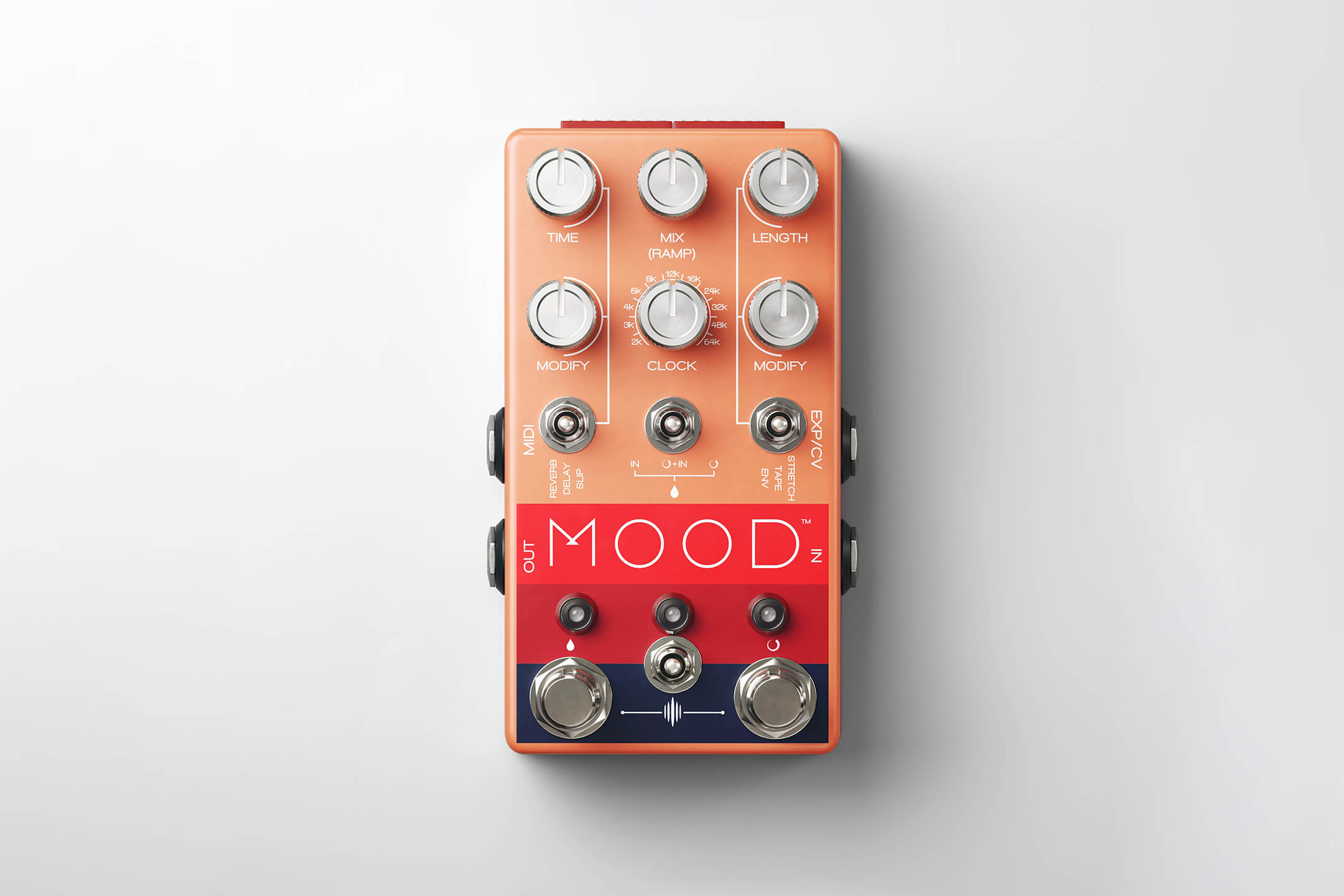
With that preconceived riff and his new pedal plugged in, he hit record and began playing.
“I wanted to capture that feeling of blissful ignorance when you get a new piece of gear, and you’re so excited to use it, that you don’t bother reading the manual.”
“I find that often when you get lost in that approach, you do a lot of really creative things that feel exciting. The goal was to capture those moments because so often, you will do that and it will be super fun, but then you didn’t record any of it.”
The opening bars of Murals are those recordings.
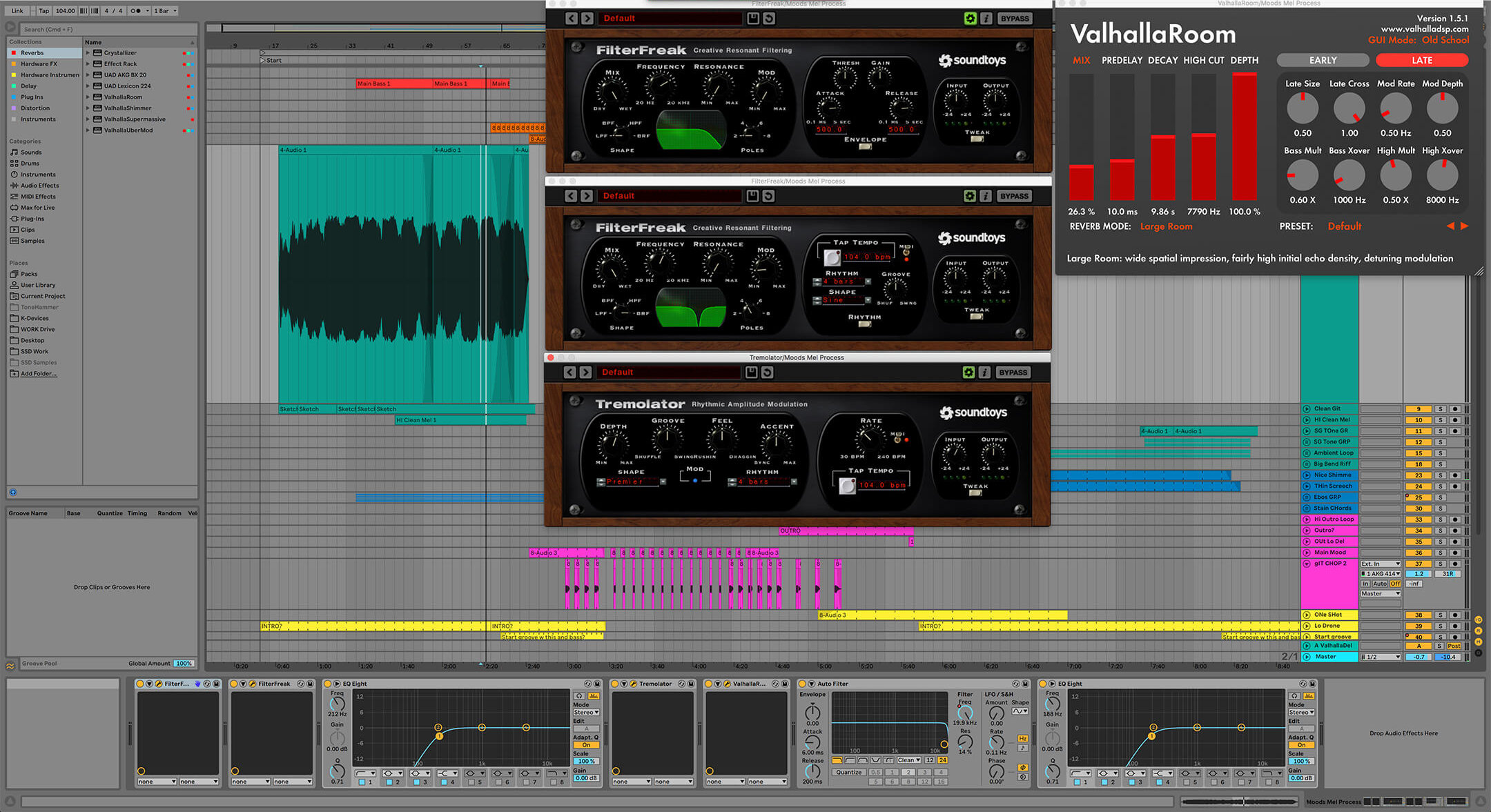
Adding to the lush ambience surrounding the intro guitar chords created by MOOD, Leopold added a Soundtoys FilterFreak in low-pass mode to achieve the warmth that was part of the agreed-upon warm, ambient musical signature. Then, to add some movement to the guitar, a second instance of FilterFreak in band-reject mode is sweeping through frequencies, while Tremolator adds some stereo swirling.
And, as if the Chase Bliss pedal’s reverb wasn’t enough, there’s an instance of Valhalla Room reverb with a decay time of nearly 10 seconds.
Guitar Loops (2.00)
Following his early success with the new pedal, Leopold was sold on using MOOD throughout, setting up a loop of the clean guitar riff to improvise over.
“MOOD is cool. You can record at one clock speed, then change the clock speed and put it through a granular stretch thing. It has a lot of processing power within the pedal – none of which I knew at the time when I was using it. I was just literally messing around and twiddling knobs, losing myself again in that unboxing moment.”
“Something that I will do fairly often is record a long passage of playing. In this case, it was half an hour or 45 minutes, just messing around on the guitar over the top of that little riff that I had. And then I spent a little bit of time editing, cutting out little loops.”
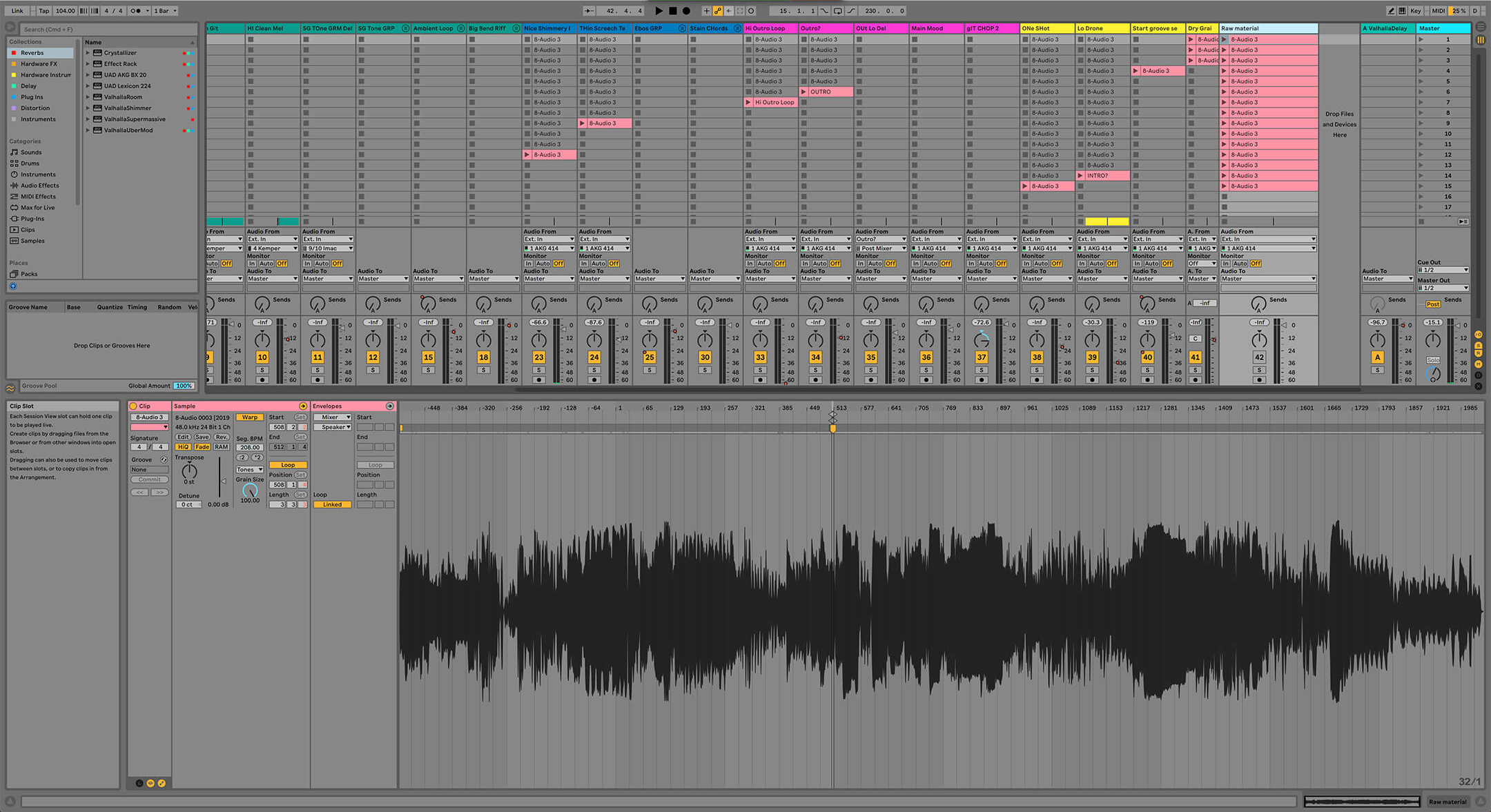
The breadth of sounds that Leopold created with a single pedal is impressive. The incidental chirruping textures and effects from 0:30, the reversed guitar sounds and Geiger counter-style effect in the outro at 7:45, even cymbal- and voice-like and sounds all come from that one recorded improvisation session.
“This is where Ableton comes into play. It’s the DAW I like the most when I’m starting an idea. I use Pro Tools as well towards the end, but with Ableton, I can get going really fast. It keeps up with my speed of thought,” he enthuses. “I can quickly edit through this big piece, make little clips and immediately start combining them to get a vibe.”
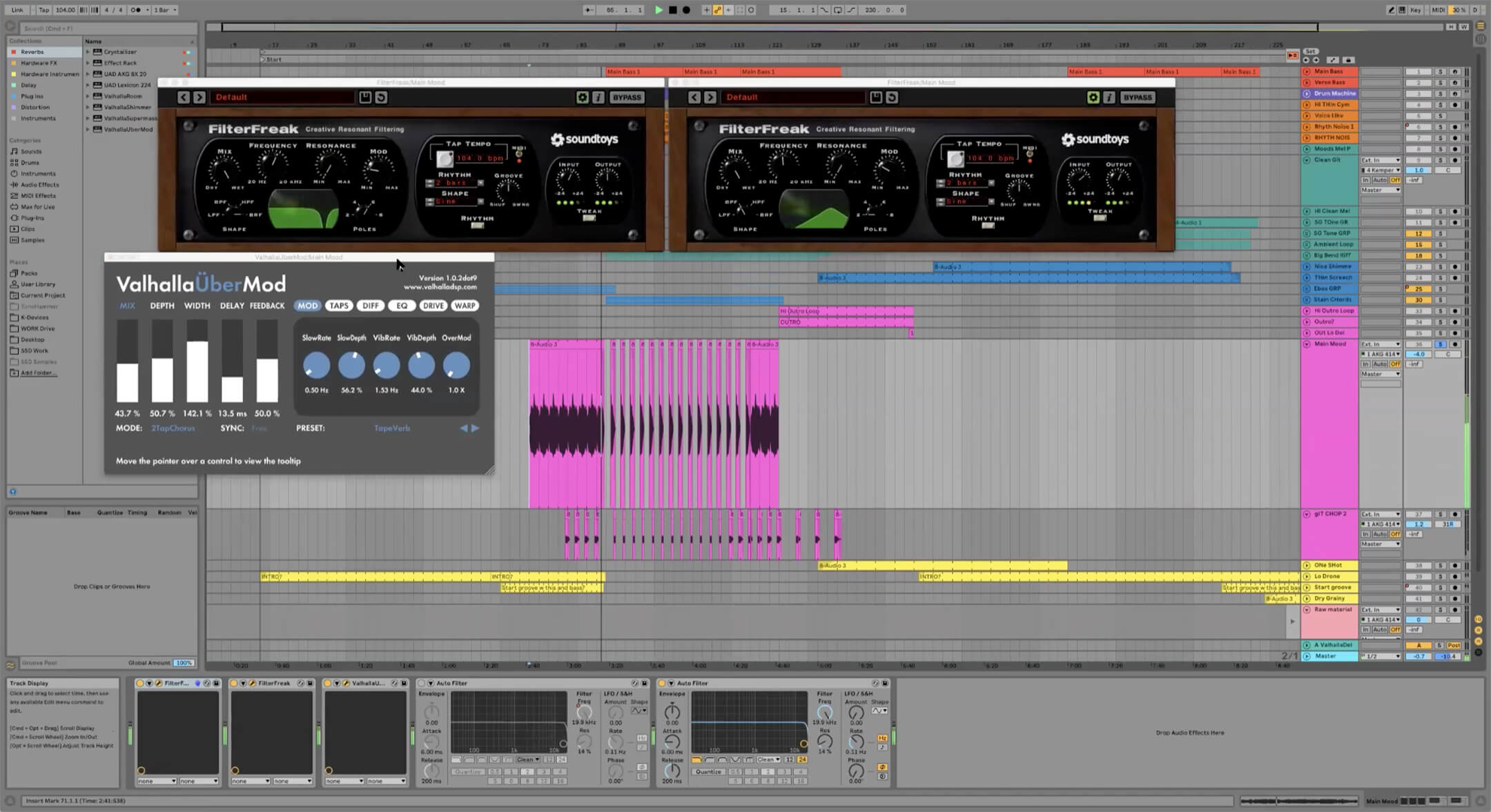
And almost the entirety of the track is built from those tiny snippets of audio looped against one another. At 2.00, the pensive guitar gives way to two of those fun, experimental loops, slowly ramping the excitement, while another new loop enters, panned right with a little Waves H-Delay.
“Valhalla is pretty much my go-to when it comes to reverbs and delays, but I do also like the H-Delay. I find that you can get quite extreme with the feedback and distortion – and even though in this case it’s a fairly subtle quarter-note delay – but I like it mainly because it’s simple.”
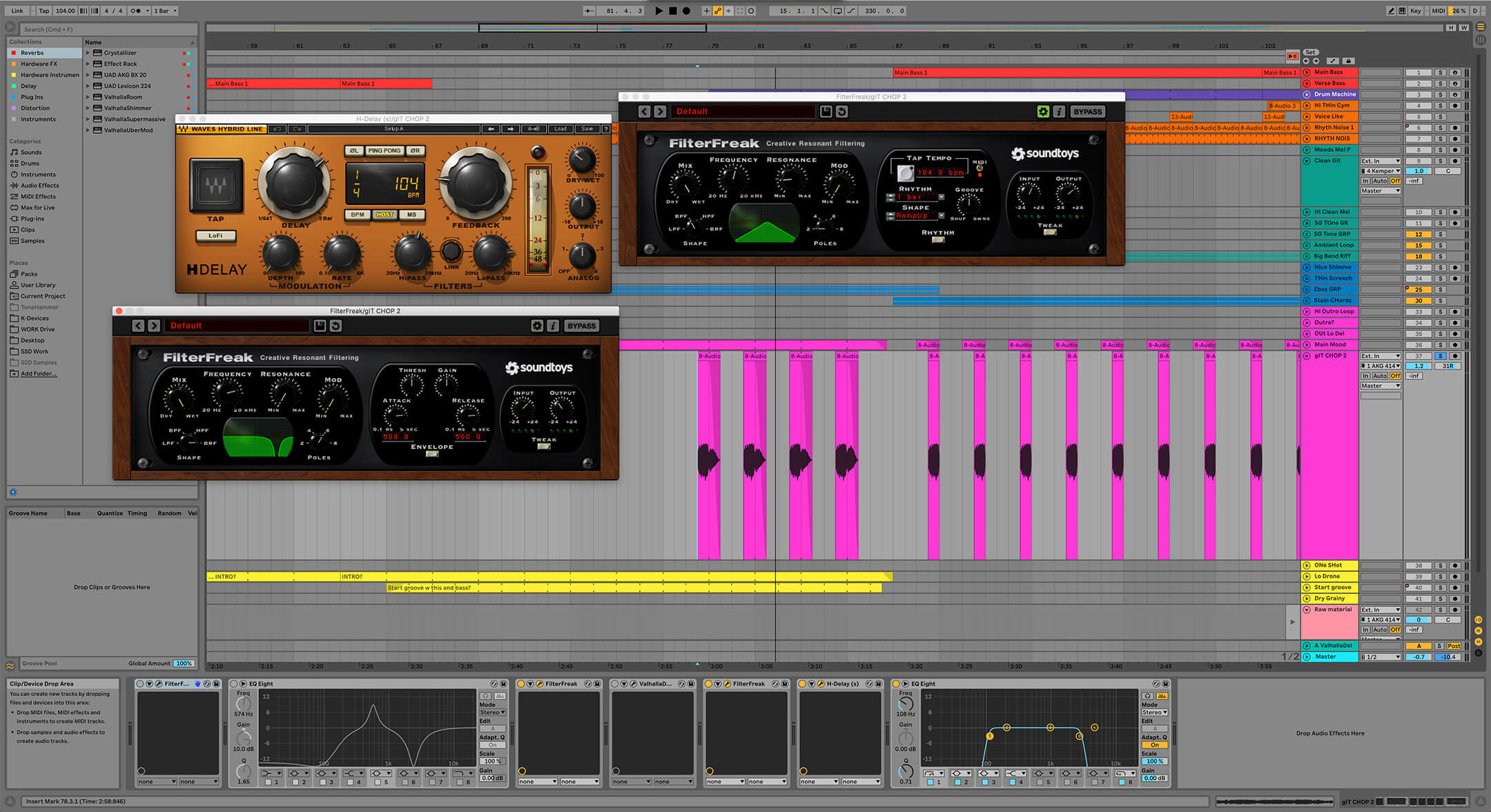
The EBow guitar (0.45)
The composer has always been obsessed with the EBow, ever since he received one as a teenager. “My whole ethos of guitar playing is making it sound not like a guitar. I was always obsessed with Tom Morello and Adrian Belew, these guys who were making these freakish sounds. So when I got the EBow that was my invitation into that style.”
Although there’s a guitar played with an EBow in the pensive introduction, it lacks almost any top-end. When it re-emerges at 2:37, it’s full-bodied and gritty, with a much harder edge. This helps maintain the energy throughout the climax, through to the extended outro.
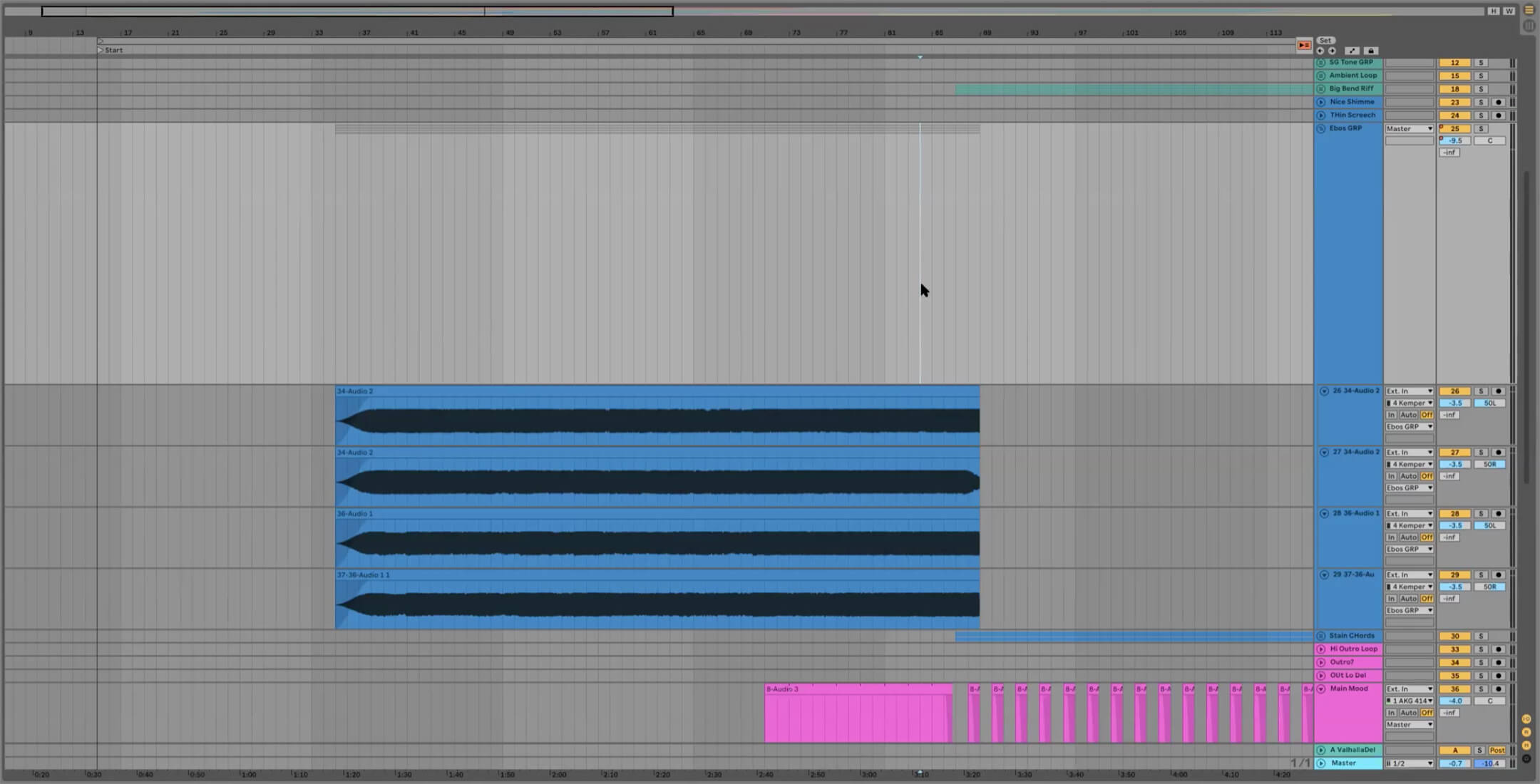
Not one to worry too much about his tools, Leopold doesn’t recall which guitar he used, though he suspects it was his Gibson SG. More important to his workflow, though, is the Kemper Profiler Head.
“I like it because when you’re scoring, often you have to recall specific sounds,” he says. Not coming from an engineering background, he baulks at the idea of remembering how might have miked up an amp. “The Kemper has been really valuable.”
“Other than that, it’s all pedals. I’m kind of a pedal addict,” he says. This time, it was the Industrialectric RM-1N. “It’s a fantastic sounding distortion, and it has a nasty reverb that you can blend in.”
Drums (2.18)
“Often, when we score, we don’t use drums. But, after our conversations with Jason and amongst ourselves, we wanted to make sure that if there were any in the Elsewhere tracks, that they were childlike. Very simple and playful.”
The part enters at 2:18, and couldn’t be simpler – all quantised to eighth notes, with no fills. He was going for the robotic sound of an electric organ accompaniment section, in a bid to mirror what he describes as “the magical naiveness of the Elsewhere Society.”
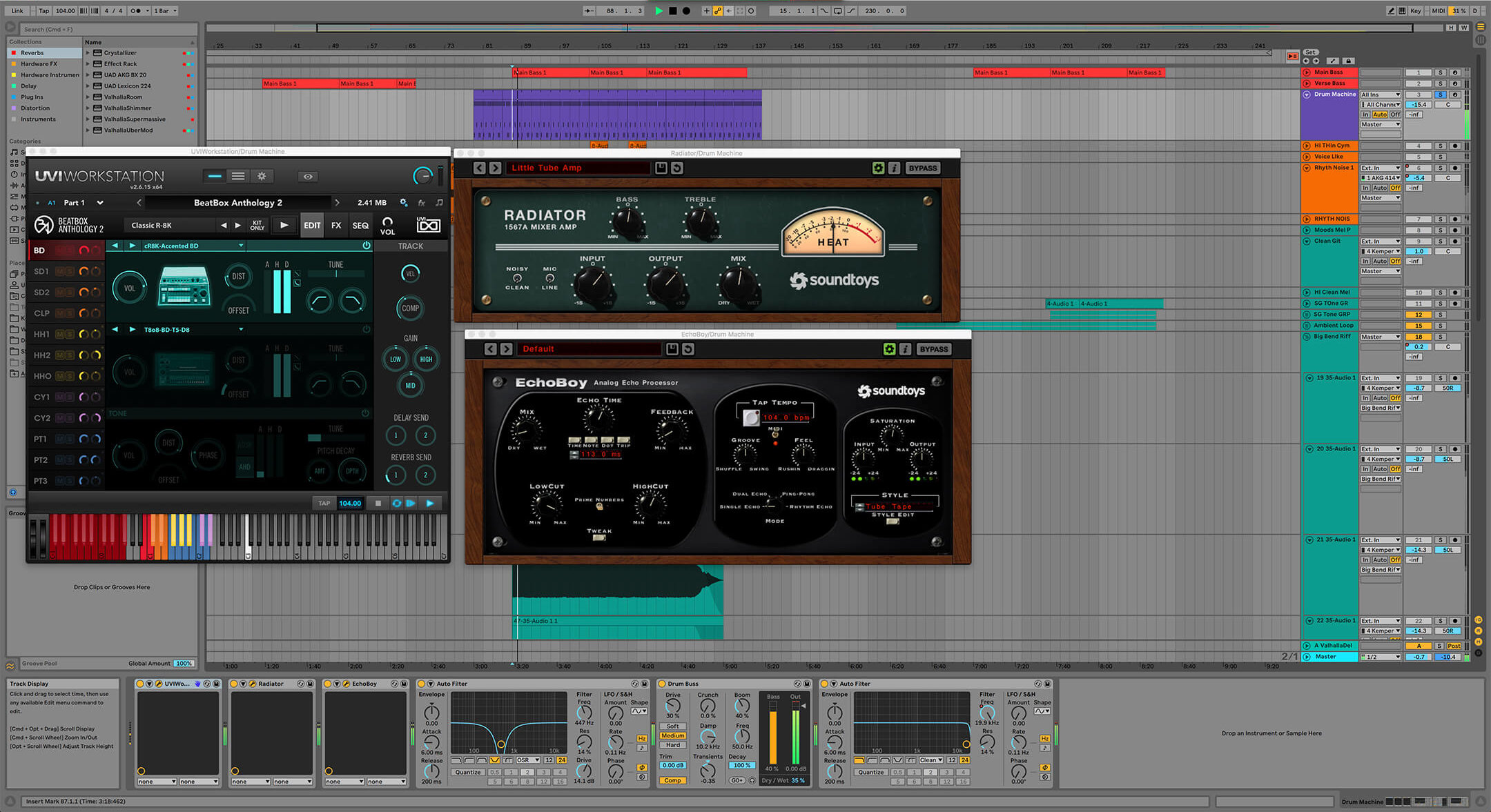
To complete the drum sound, it goes through Ableton Live’s stock Drum Bus plug-in with moderate compression and a hint of drive. It’s emphasising the transients a little and adding a small boost in the low end.
“I really like Drum Bus. I wouldn’t consider myself a master of compression, but I find I can put it on drums and twiddle a couple of knobs and suddenly it sounds better,” says Leopold.
The ‘Big Bend’ guitar (2.37)
The huge, “over the top guitar moment” which is the climax of the track at 2:37, is pretty unusual in the scoring world, the composer admits.
“I think that Dispatches from Elsewhere was unique in that there was room for this kind of thing. And Jason [Segel] wanted to be really bold with the music and make it like a real character in the show. There are many times when the music takes over the show.”
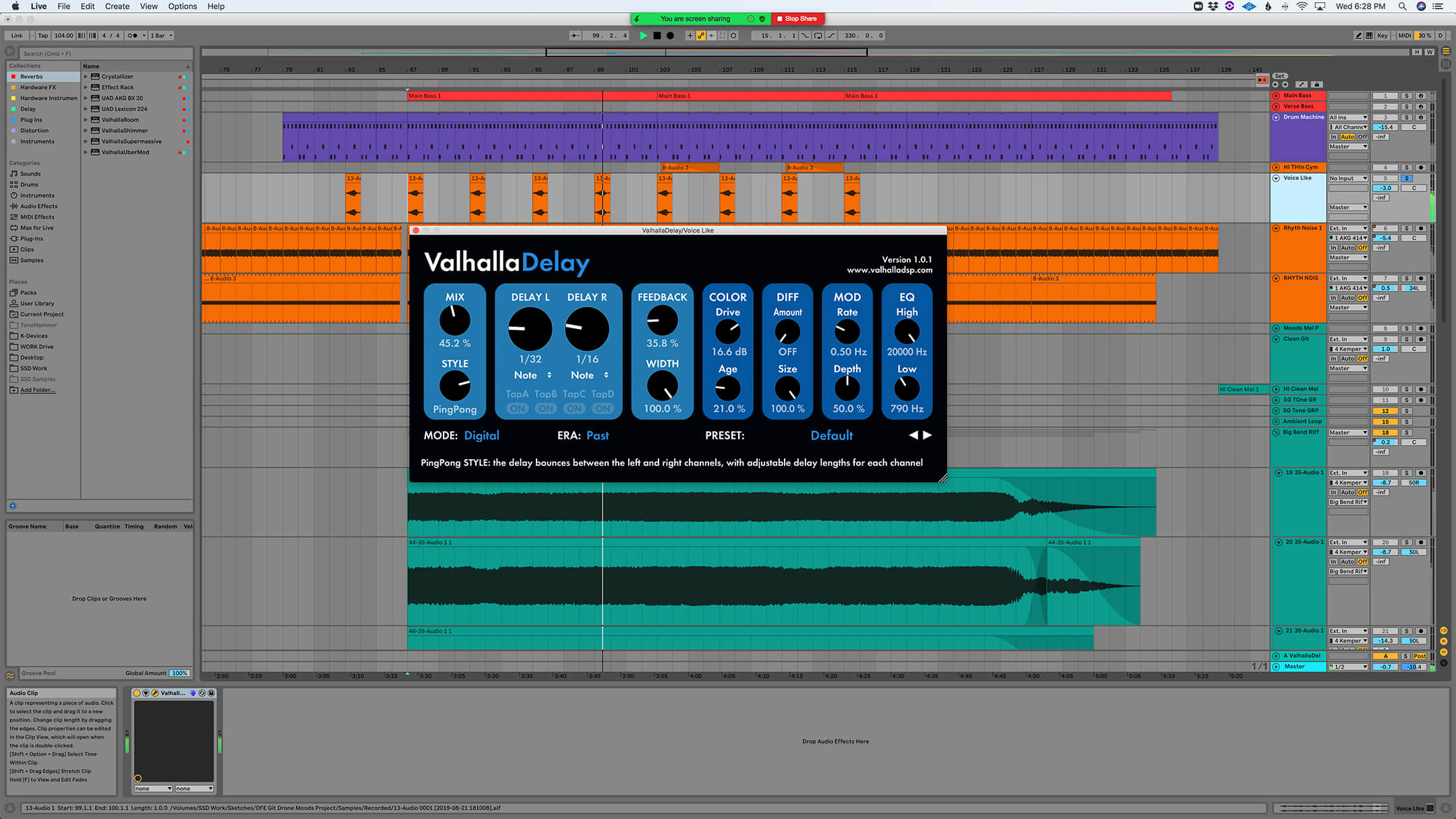
The climactic moment of this cue plays in Episode Three when the protagonists are in an auditorium, and Jejune Institute leader Richard E Grant is giving a speech when the Elsewhere Society invades in slow motion. “They have a weird fight with Nerf guns,” explains the cue’s creator. “That’s kind of what I was imagining – that it’s this fun, over the top guitar moment.” As a musical reflection of the scene, “the exaggerated guitar bend happens over the course of a bar or two,” says Leopold
“I like to make guitar sounds where you can’t really hear the pick hitting the string, and that’s kind of the case here. If you really tune into it, you can hear that I’m playing eighth notes there, but it’s so heavily processed that it’s hard to tell.”
“I like to make guitar sounds where you can’t really hear the pick hitting the string”
“This is a sound that I made using pedals. It was an Earthquaker Devices Hoof pedal for the big distorted bending sound. It’s one of my main weapons, and I paired it with a delay and reverb. The FilterFreak is just taking off a little bit of the top-end. I’m not a huge fan of top-end.”
To further thicken the guitar sound, the part is layered in octaves, doubled in stereo (the four green tracks) and then thickened with a pair of stereo spread distorted guitars playing power chords (blue). For extra grit, those chord parts featured the Electro-Harmonix Holy Stain multi-effects pedal with distortion, reverb, pitch and tremolo.
Bass (0.38, 2.37)
“I’m a big fan of U-he Diva. And, to be honest, if you solo the bass, it’s kind of a horrible sound,” he says, describing the growling monosynth bass that enters at the track’s climax at 2:37, underneath the distorted guitars. “I like Diva because I find it has a good low end.”
“In a more sparse track, I wouldn’t use a sound like that. But in this moment, I wanted a big sustained low-end, and I also wanted to add some gnarly distortion into the mix. We already had distortion, but I wanted some more!”
“When I’m using soft synths I’ll often use Diva because it’s pretty versatile and I’m comfortable. using it so that I can dial things in faster.”
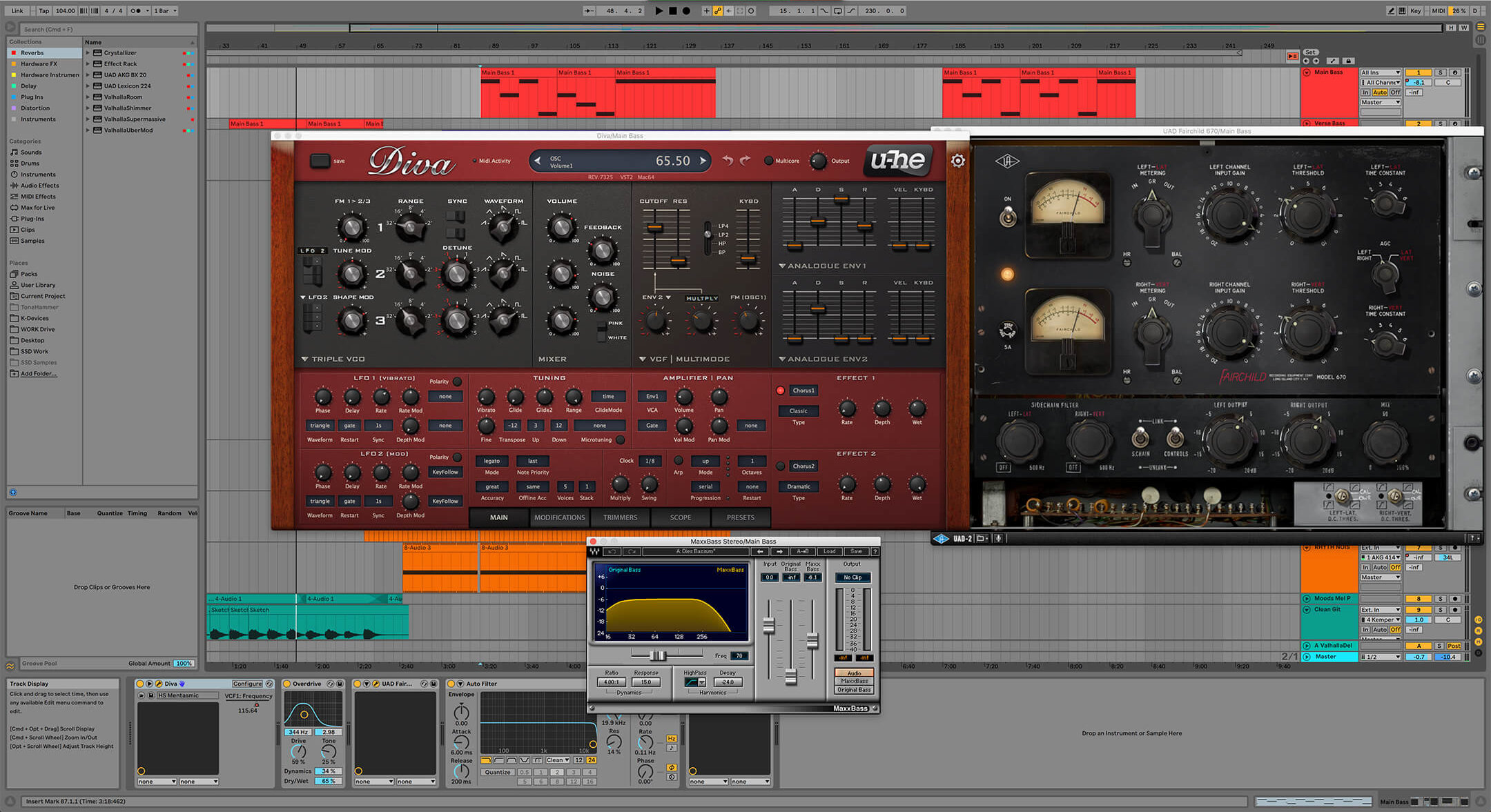
To further bolster the low-end, he runs Diva’s synth bass into an Ableton stock overdrive, a UAD Fairchild running into Waves MaxxBass centred at 70Hz. Interestingly, for this track, to fill out the low-end, MaxxBass is set to only play back the generated harmonics, with the original sound wholly removed.
Diva doesn’t entirely cover all the bass. In the verses, Leopold used Native Instruments’ Minimoog emulation Monark, to deliver a sub-bass patch that he developed for the soundtrack to Black Mirror episode Crocodile, to double the bass notes of the guitar with a percussive stab.
Drones and SFX
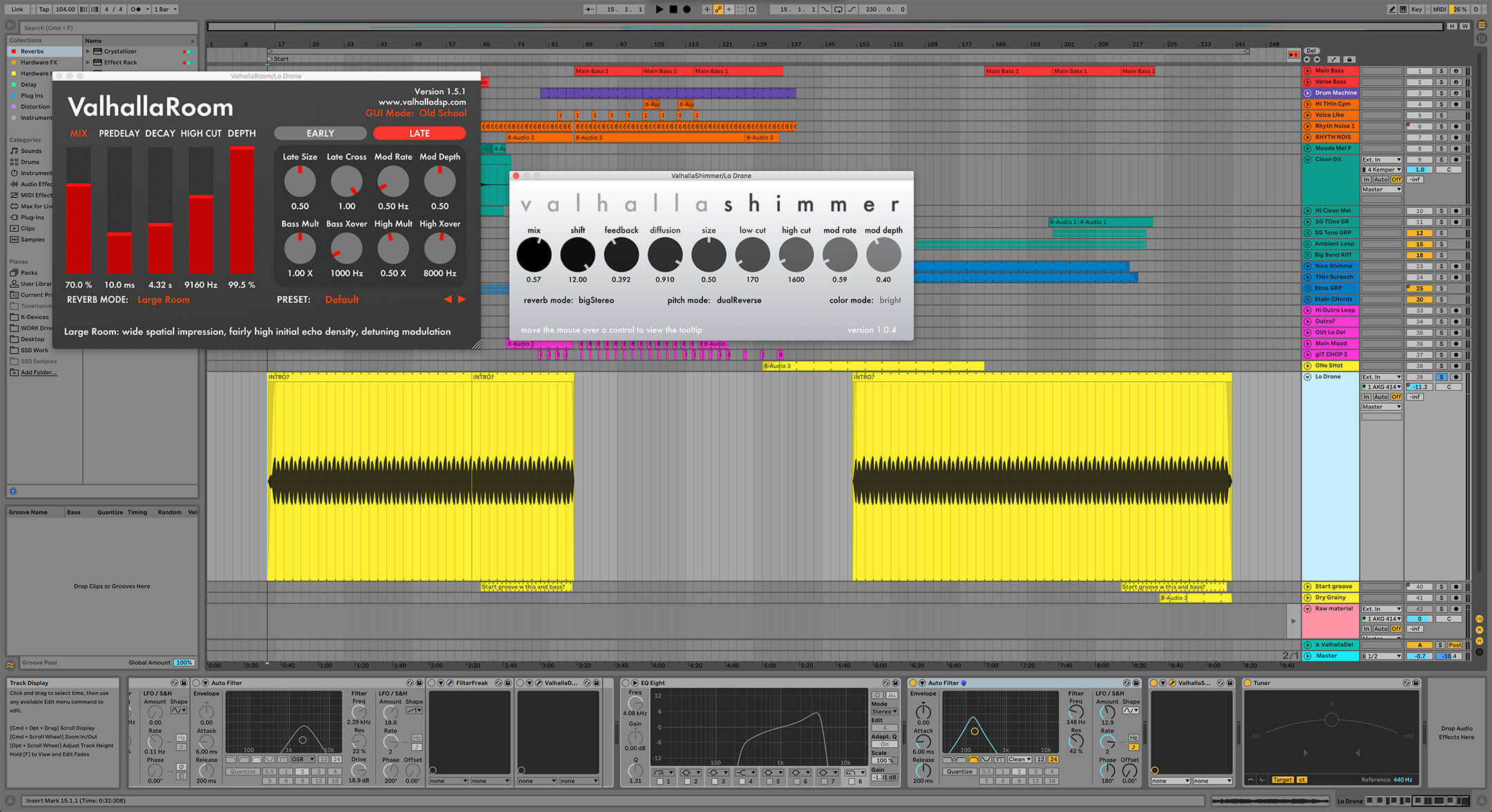
Coloured yellow, drones are an underlying key to the development of the cue, and they’re all built from snippets of processed guitar. They are ever-present from the very beginning, starting as reverb-soaked, ambient textures, developing into distant squeaks and crackles.
The string-like drone that starts ramping up in level from 2:00 to its peak at 2:36 is critical for creating a sense of anticipation leading into the track’s climax.
The most significant move to build that ramping tension come straight out of the electronic music playbook. “It was things emerging from the warmth of the opening section and then these more rhythmic elements emerging through the opening filters before we land into the next section.”
As we exit the cue, from 8:03 onwards, a dry loop enters panning and sputtering around the stereo field.
“My intention was to get back home,” says Leopold, “You’ve been on this long journey, and you’ve been in this huge, warm, ambient world. And then you sort of return to this very dry thing at the end.”
The drones also serve for track transitions, though.
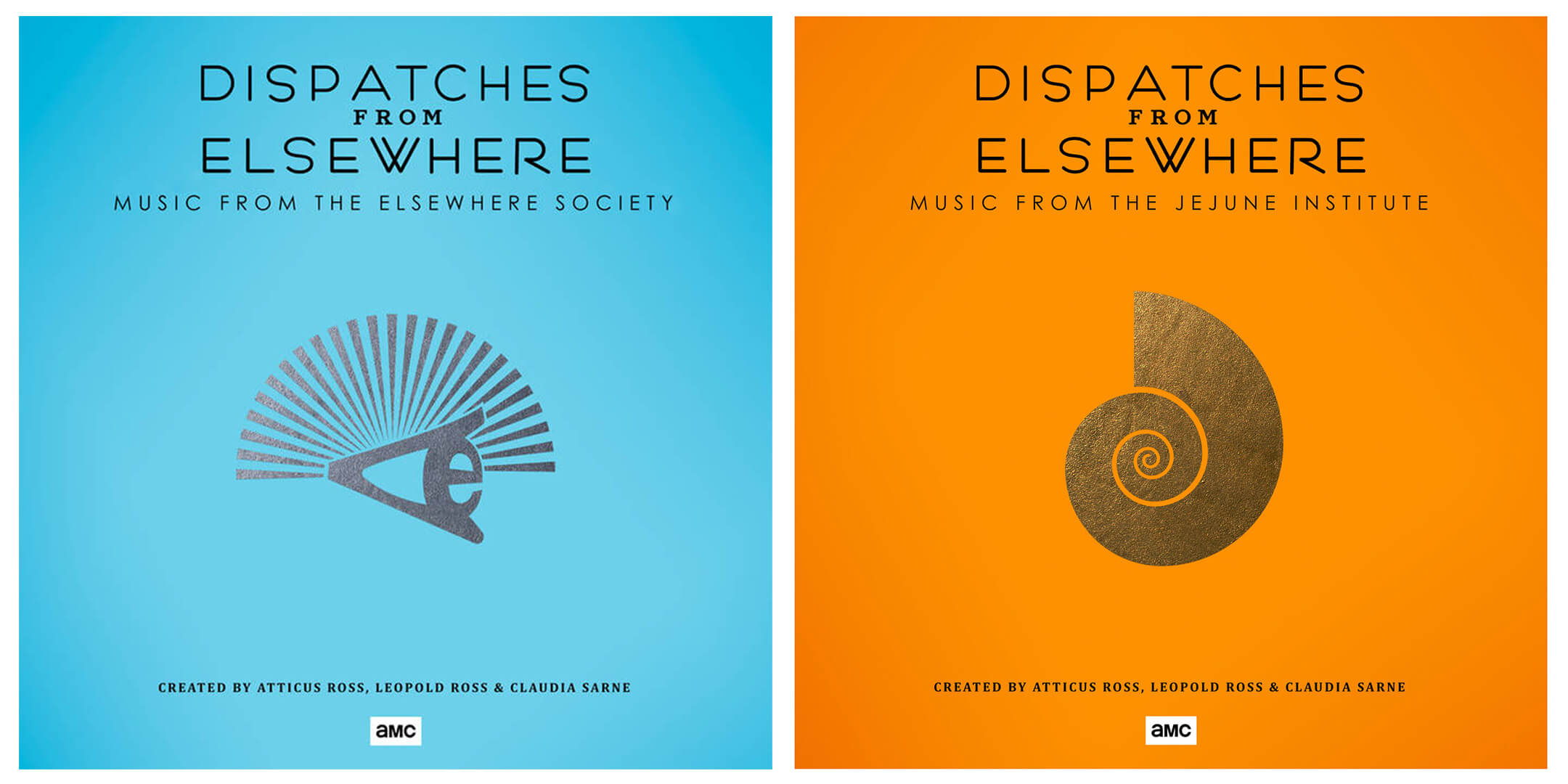
When it came time to release the Dispatches from Elsewhere soundtrack, it made the most sense to split it into two – down the lines of the show’s antagonistic factions. There are two soundtracks: Music from the Elsewhere Society, and the counterpart Music from the Jejune Institute.
“We worked a lot on the transitions and sequencing of the Elsewhere album,” says Leopold. “We wanted it to be seamless, and we wanted it to feel like an experience from start to finish, so we used a lot of drones.”
With the re-clocking abilities of the Chase Bliss MOOD pedal, Leopold was also able to make seemingly impossible sound effects. These range tonally from choral to Autechre-style squelches and timbres that could be mistaken for a transistor organ.
One of the downsides of leaving those moments of inspiration to chance – especially with a pedal that creates endlessly evolving textures – was that it was virtually impossible to recreate sounds later in production, in the event of any technical issue. A high noise floor, for instance, will become doubly apparent when you run that track through a reverb patch with a 13s decay. The take-home message is to try and avoid recording this sort of noise.
But, failing that, there’s usually a get-out-of-jail-free card. For Leopold, when he encountered this exact situation, the solution was Waves X-Noise. Although the noise reduction killed the top-end of the sound, with sound effects, it’s not vital as long as they still maintain the listener’s interest.
Outboard rota
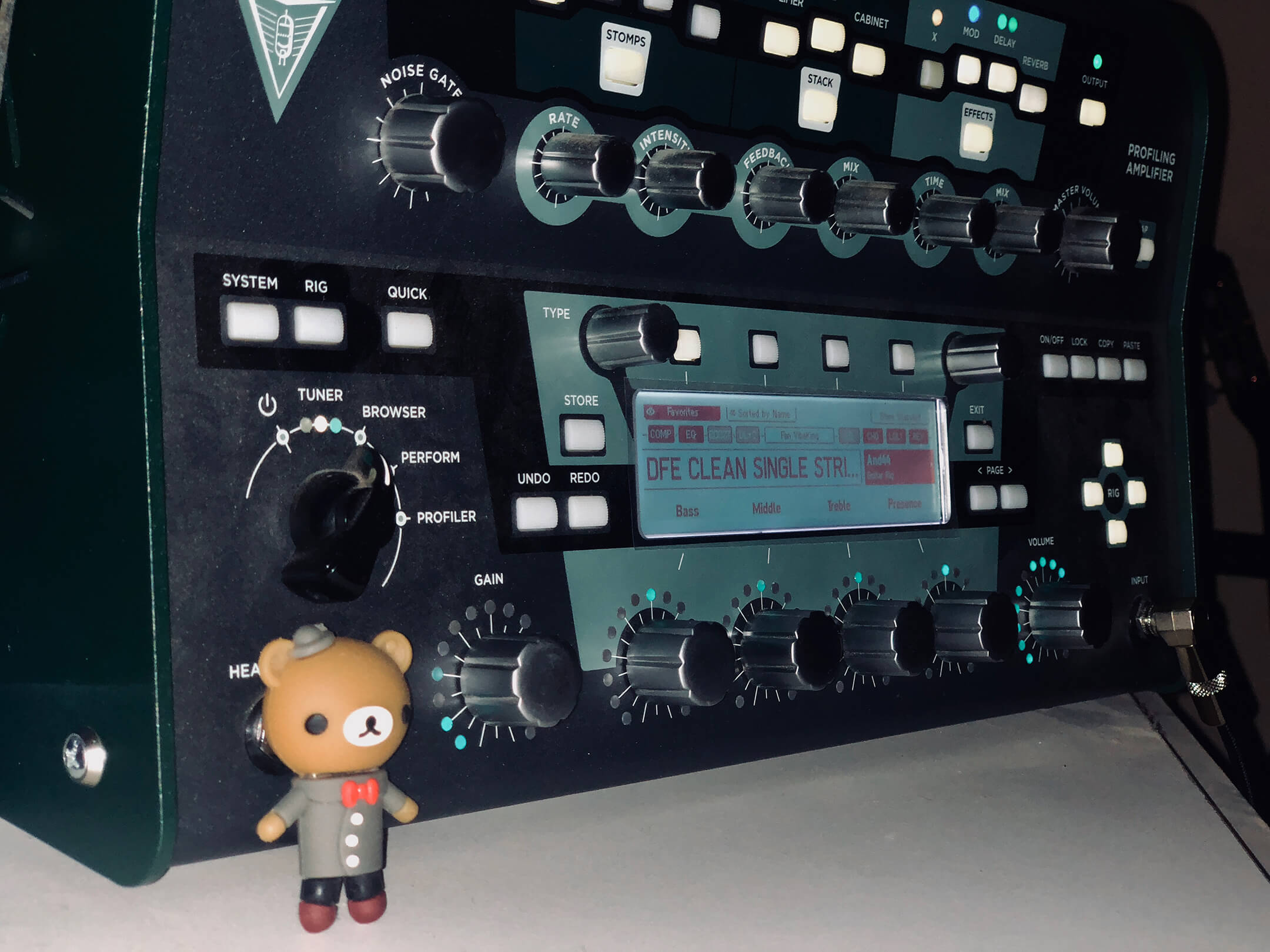
Beyond the world of pedals, Leopold also leans heavily on other pieces of outboard gear.
For the parting melody, which enters at 6:56, there’s some retro computing happening under the hood. “I ran it through an old OS9 effect. It’s an old delay effect,” he says.
He uses Ableton Live’s External Effect, and External Instrument functions heavily, to integrate hardware into his sessions. “It’s like bringing up a plug-in, so I’ll have ‘Reamp Kemper’, ‘Kaos Pad’, ‘iMac (OS9)’. It’s encouraged me to use more outboard gear because it’s so easy.”
There’s also an external instrument/effect preset for his table of “odds and sods” which includes an iPad, a Dreadbox Erebus and other sonic toys. He keeps this simple, with trailing MIDI and audio cables that can be plugged into any single device at a time, depending on the requirement.
Sound advice
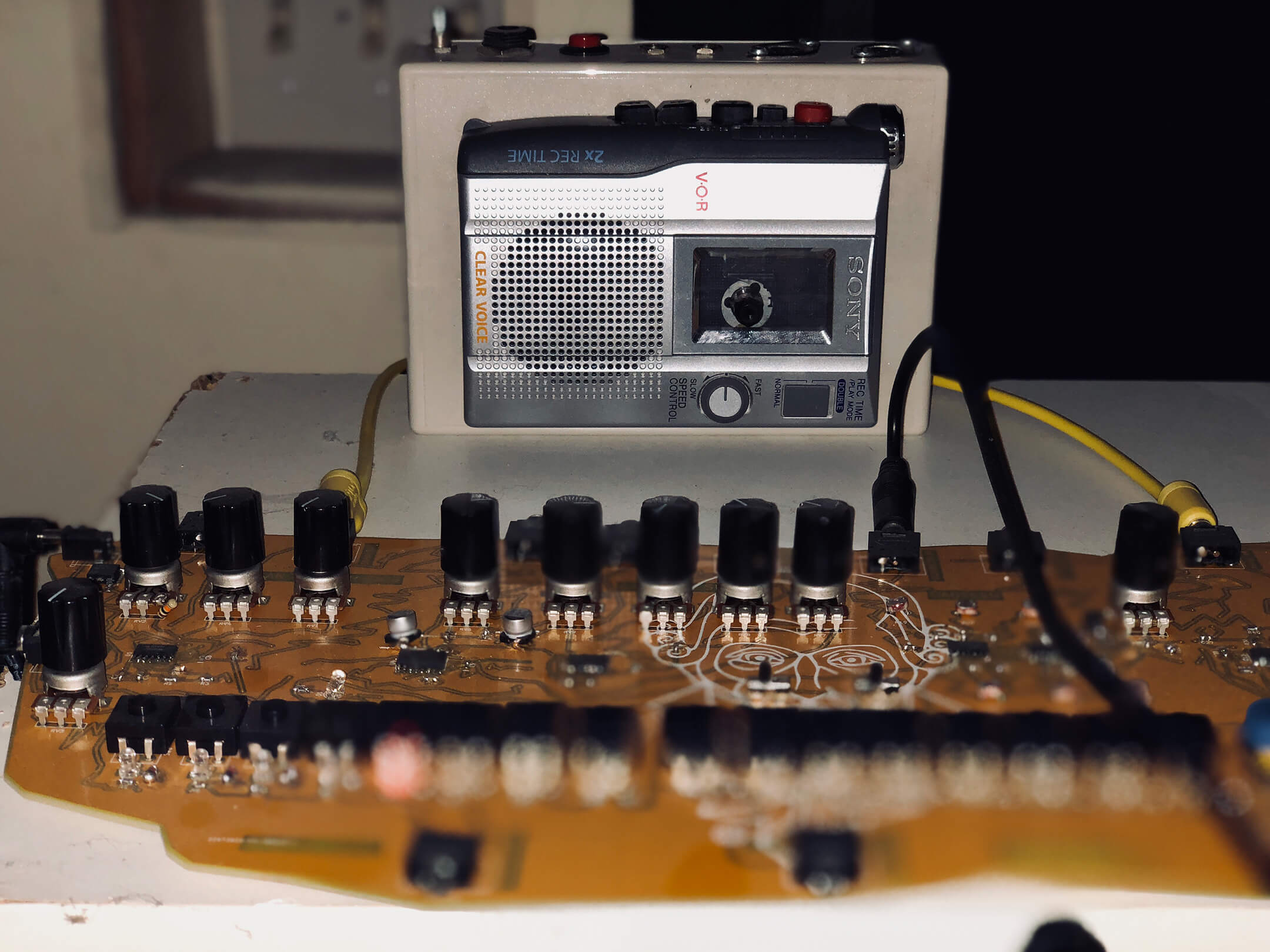
Leo has advice a couple of pieces of specific advice for others wanting to get into scoring, and they both relate closely to the Murals track.
“A lot of scoring is about editing. If you want to get started in scoring, it’s obviously about creating the music, but it’s also there’s a lot of unglamorous work that goes into it, so you’ve got to be prepared to do that. But, that’s not exciting for anyone to hear.”
On a more creative note, he suggests: “Keep it fun and keep it interesting for yourself. This track’s a good example of just feeling inspired by a piece of equipment and having fun, and a track came out of it.”
“Often in the scoring world, it’s deadline orientated so there can be this pressure to keep making tracks. The knock-on effect of that is that you can end up relying on the same sounds and equipment because you know they work. And I think that’s a dangerous game. And it leads to feeling uninspired and as though music is a job. I can’t allow myself to do that because I love music, and I want to be excited to make it.”
And, has he figured out how the MOOD pedal works yet?
“I have because now we’re in the pandemic and I have a bit more time. I’ve been connecting it to MIDI – which I didn’t know that you could do – it’s very deep. I would recommend all of their pedals. They just put out another one called blooper which is also fantastic. But I’m a big advocate of not knowing what you’re doing, and allowing yourself to feel your way through the dark.”
Dispatches From Elsewhere (Music From The Elsewhere Society) and Dispatches From Elsewhere (Music From The Jejune Institute) are both out on Lakeshore Records via streaming platforms.
Read more MusicTech features, here.